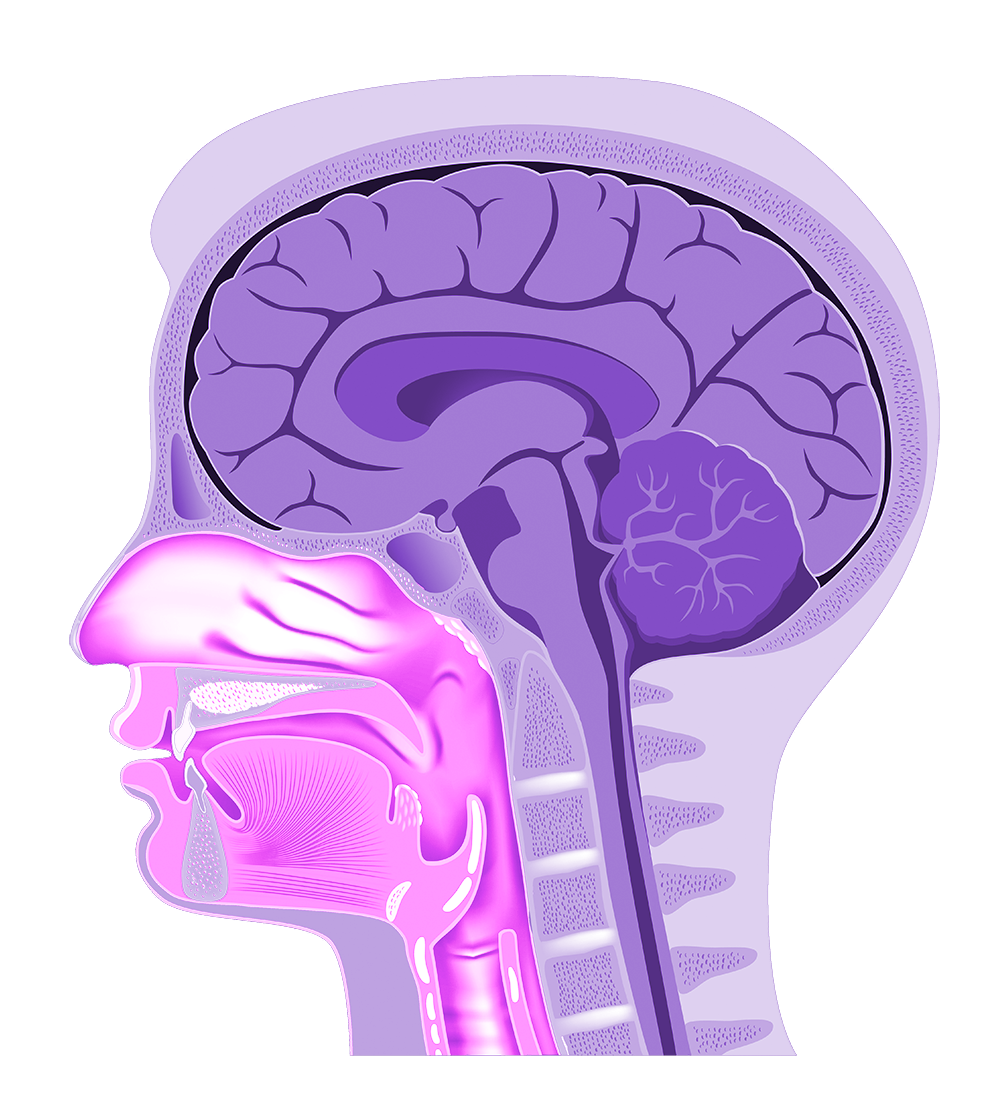WARNING SIGNS
What warnings may indicate early stages of oral cancer?
- Two lesions types that may indicate oral cancer:
- Leukoplakia (white) – More common – less likely to become cancerous.
- Erythroplakia (red) – Less common – more likely to become cancerous.
A lump or thickening in the soft tissues of the mouth, including in & under the tongue, the inside tissue of the cheeks, gums, lips & the roof & back of the mouth.
A persistent sore throat or feeling that something is caught in the throat
Difficulty chewing or swallowing
Difficulty moving the jaw or tongue
Persistent hoarseness or numbness of the tongue or areas of the mouth
If you experience any of these symptoms for more than 2 weeks, you need a thorough oral surgical examination to determine what is causing the symptom(s). Contact Rider Oral Surgery, explain what you’re observing, and book an appointment. Dr Rider and her staff will evaluate the condition and determine if a biopsy and/or other laboratory test is needed to diagnose it. During your consultation you will have a 3D image to check the bone structure.

